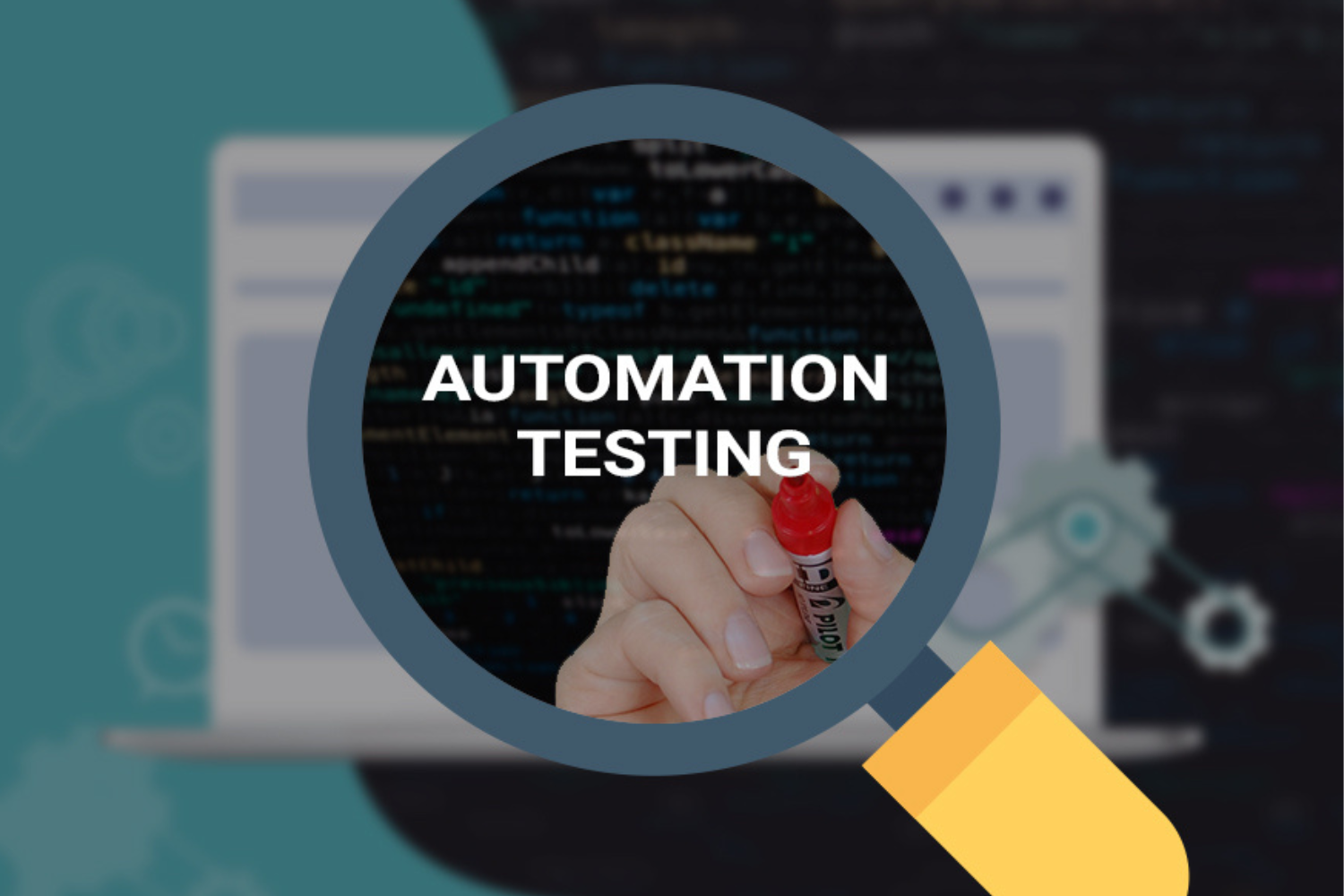
Automation Testing-Backend
Backend Test Automation is a testing method that checks the backend of a software or web application. This type of testing is performed to ensure that the application works efficiently. Before the development of the web application is completed, it should be tested for all its functionalities. One of the most effective ways to test a web application is through backend test automation. It is the best approach for testing the functionality of the application.
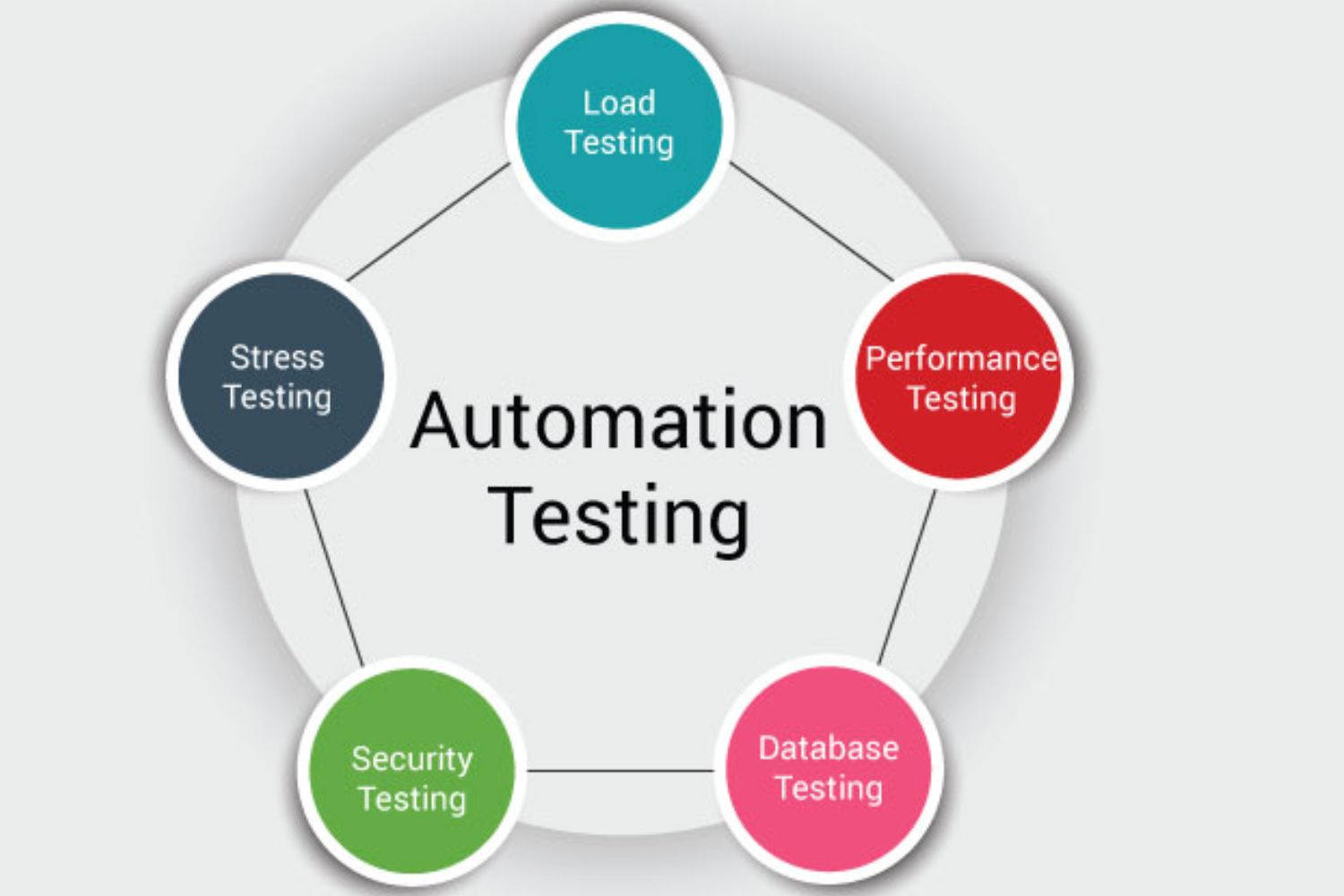
The core of software and web application testing is backend automation testing. It’s an essential and highly helpful method for making high-quality software and websites. It entails the verification and implementation of backend procedures and protocols that operate in the background, permitting users to access and utilize the primary features and content of a website or piece of software. Because they frequently call for an understanding of application programming and protocols, backend tests are notoriously challenging to create and automate. However, it’s becoming more and more crucial as more businesses employ this technique to guarantee the security and safety of their websites and systems.
Objectives of Backend Automation Testing:
Here are some objectives of Backend Automation Testing;
1. Verify that the server-side code, including the database and APIs, is functioning as intended. This involves evaluating the code’s accuracy and adaptability to various input and output situations.
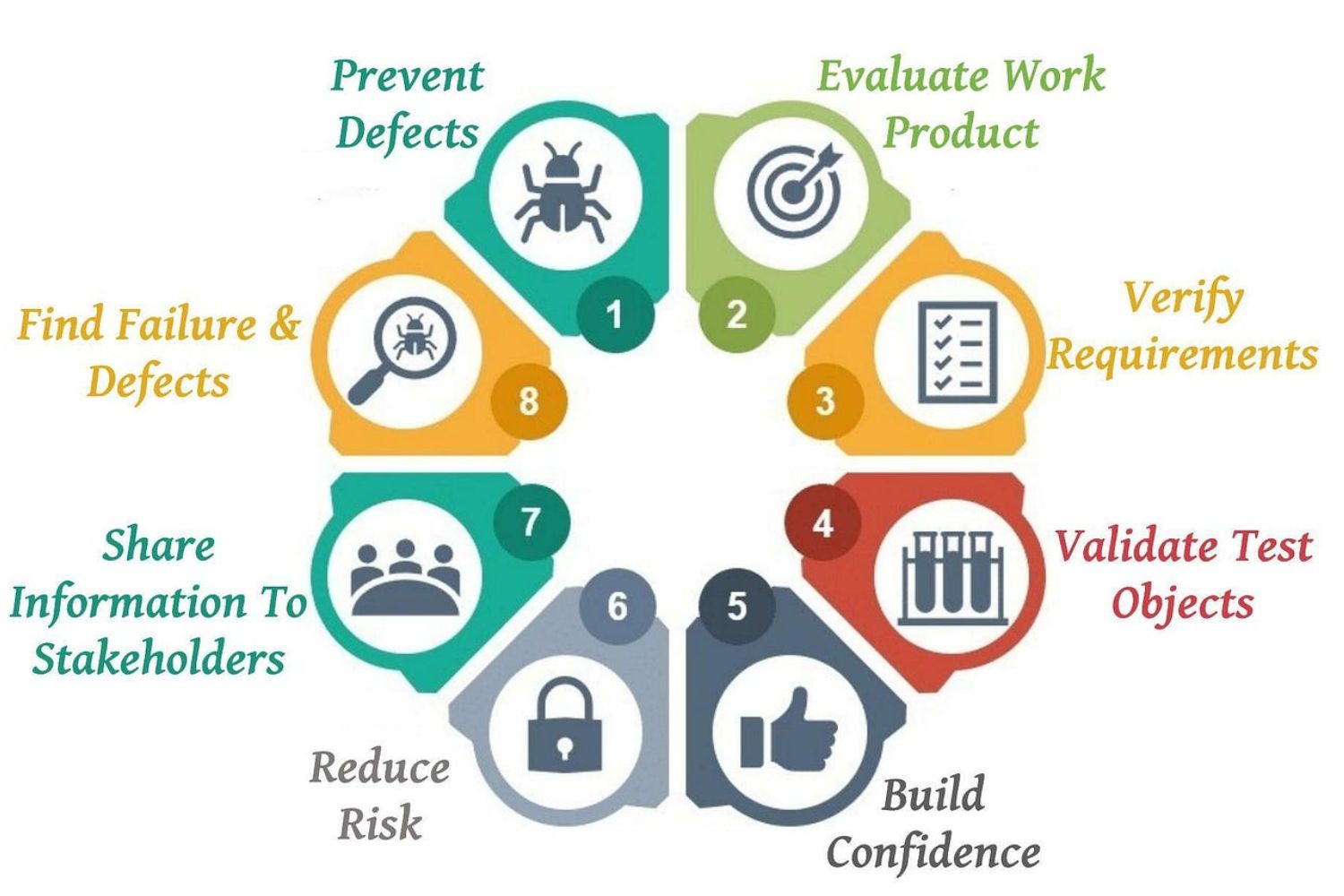
2. Verify the application’s performance, taking into account the database and APIs, under various load scenarios. This entails testing the application’s capacity to manage high traffic volumes and its promptness in responding to requests.
3. Examine the application’s security against known flaws. Testing for denial-of-service attacks, SQL injection, and cross-site scripting is part of this.
4. Find and correct errors in the server-side code. This can lessen the amount of errors that arise when the application is put into production and help to improve the application’s overall quality.
5. Ensure that the application meets the requirements of the users and stakeholders. This helps avoid problems and delays later in the development process.
Some of the Backend Automation Testing elements are:
1. Database
2. APIs
3. Servers
Working:
Backend Automation Testing is also known as Database Testing. The data entered in the front end will be stored in the back-end database. The database may be SQL Server, MySQL, Oracle, DB2, etc. The data will be organized in the tables as records and used to support the page’s content.
Database or Backend Testing is important because if it is not done properly, it may cause some serious complications like deadlock, data corruption, data loss, etc.
There are various phases in back-end testing. The first step is to acquire design specifications for a database server. The next step is to test the specification design, followed by implementing the tests in this design with SQL code.
How to do Backend Testing:
Database testing mainly includes validating;
Schema
Database tables
Columns
Keys and Indexes
Stored procedures
Triggers
Database server validations
Validating data duplication
TYPES OF BACKEND AUTOMATION
There are various types of backend automation, depending on the specific use case and requirements.
Here are some common types of backend automation:
Server Provisioning and Configuration Management: Tools like Ansible, Puppet, and Chef are used to automate the provisioning and configuration of servers, ensuring they are set up correctly and consistently.
Continuous Integration/Continuous Deployment (CI/CD): CI/CD pipelines automate the building, testing, and deployment of code, allowing for faster and more reliable software releases. Popular tools include Jenkins, Travis CI, and CircleCI.
Database Automation: Automation tools can manage database provisioning, backups, schema migrations, and scaling. Examples include Terraform, Docker, and Kubernetes for containerized databases, and database-specific tools like Flyway and Liquibase for schema management.
Log and Monitoring Automation: Tools like Elasticsearch, Logstash, and Kibana (ELK Stack) automate log collection, storage, and analysis. Meanwhile, monitoring tools like Prometheus and Grafana automate the tracking and visualization of system and application performance.
Security and Compliance Automation: Automate security checks and compliance auditing to ensure that systems meet necessary security standards. Tools such as AWS Config and AWS Security Hub can assist with this.
Task Scheduling and Workflow Automation: Use tools like Apache Airflow and Celery to automate the scheduling and execution of tasks, data processing, and workflows.
API Integration and Webhooks: Automate the integration of different services through APIs and webhooks to exchange data and trigger actions between systems.Backup and Recovery Automation: Automate regular backups and recovery processes to ensure data is safe and can be quickly restored in case of failure.
Network Automation: Automate network provisioning, configuration, and management using tools like Cisco’s Ansible and Juniper’s Junos Automation.
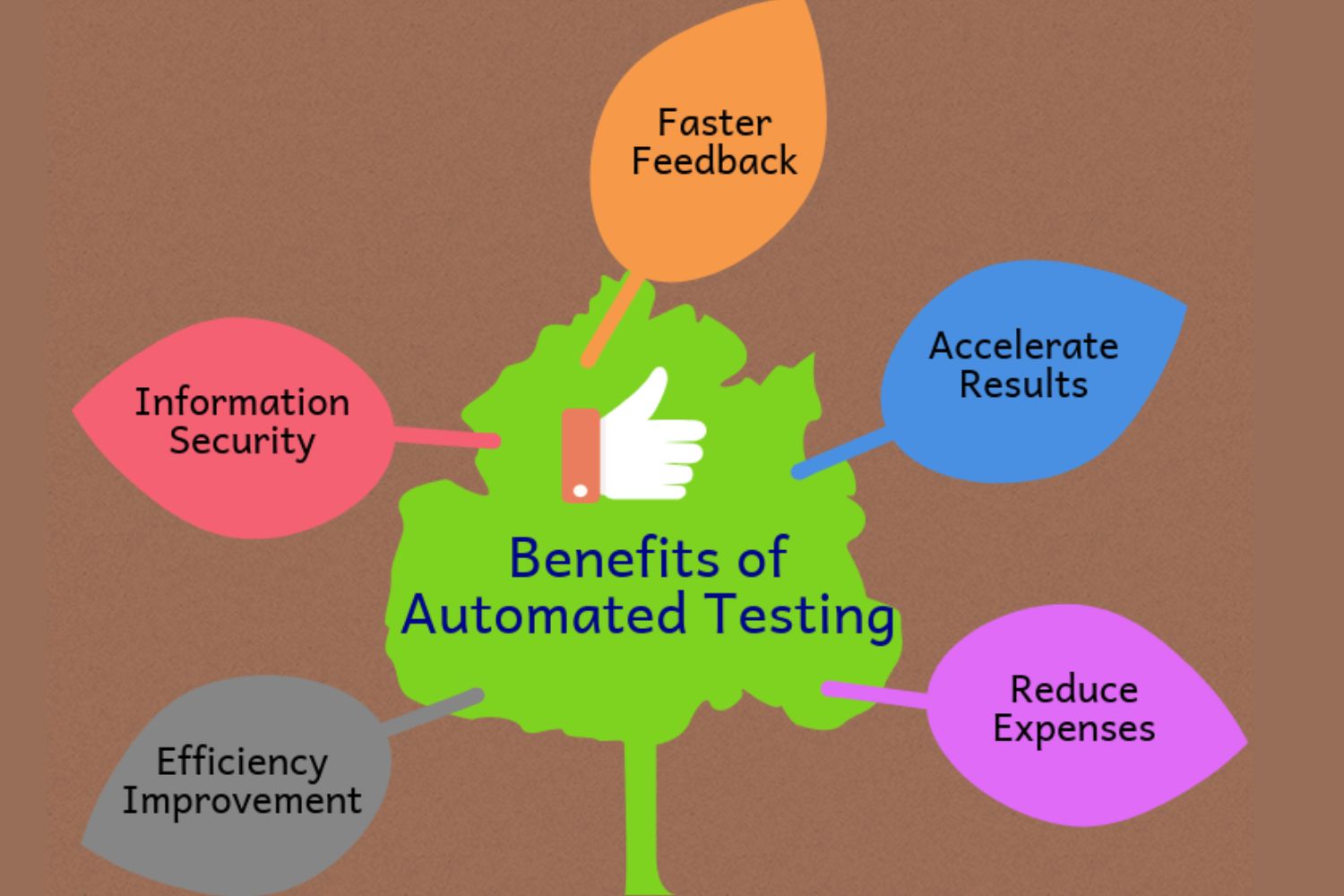
Technologies:
Automation testing Backend involves various technologies to create, execute, and manage test scripts. Some common technologies used in backend automation testing include
1. Programming languages (such as Python, Java, and JavaScript),
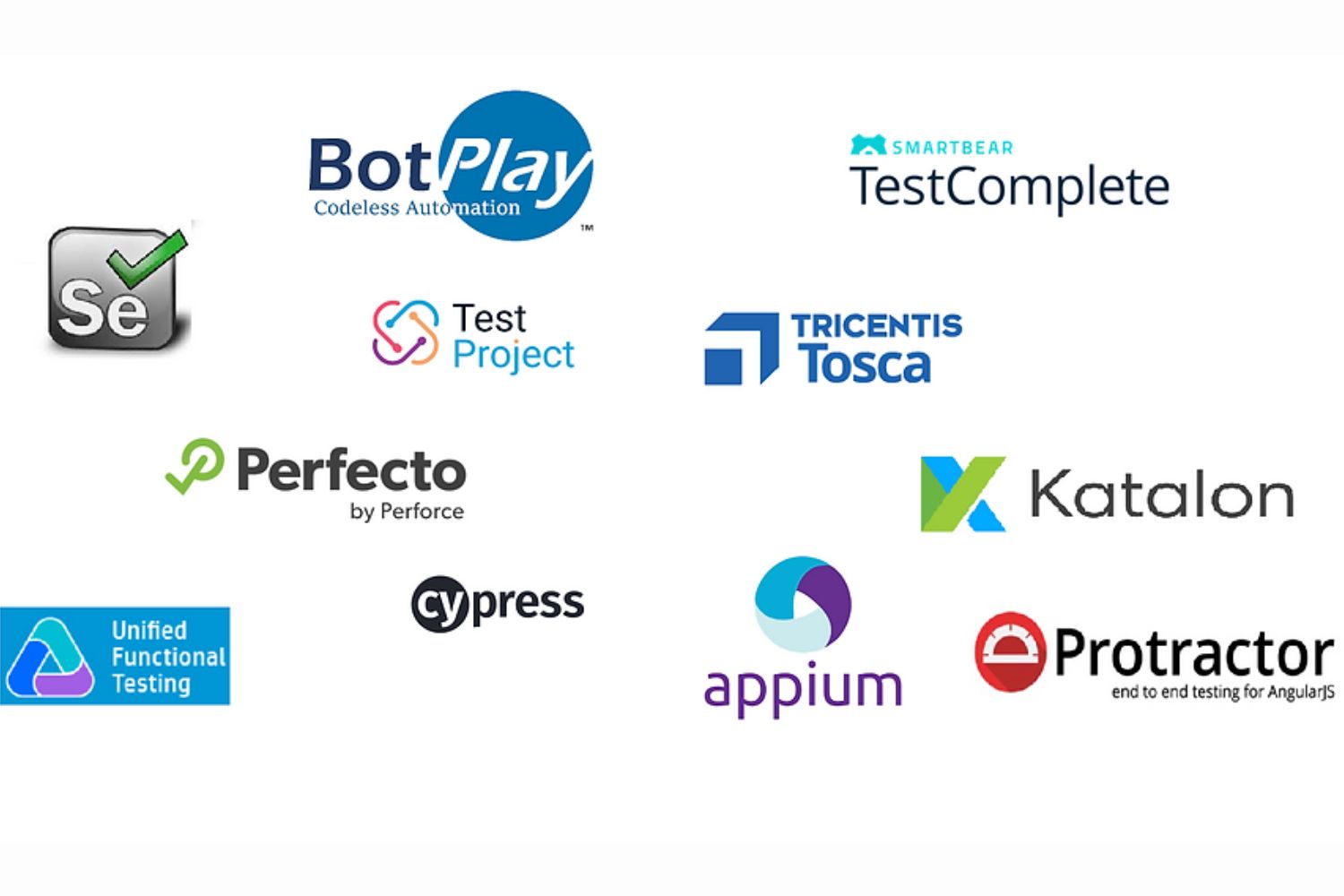
2. Testing frameworks (like Selenium, Appium, and Cypress),
3. Version control systems (e.g., Git),
4. Continuous integration tools (such as Jenkins, Travis CI)
5. Cloud-based testing platforms (like Browser Stack, Sauce Labs).
Job Roles:
Backend Automation Test Lead
Test Automation Engineer
QA Engineer with ETL & API Testing
QA Automation Engineer
Test Automation Specialist
Automation Quality Engineer III
Python Automation Test Engineer
Senior Salesforce Test Automation Engineer
Senior Automation Tester (API and Integrations
Senior Quality Assurance Engineer (Test Automation)
Software Engineer in Test
Automation Test Engineer – Python
Expected Package:
Salary is an essential part of any job but with a good salary, one has to have good experience too. Salary packages for Automation Testing backend candidates range between 13LPA- 35LPA.
Course Highlights/ Details:
The Automation Testing Backend course by Scodeen Global brings you numerous benefits and perks.
1. Suited for students, fresher’s, professionals, and corporate employees
2. Live online classes
3. 4-month program
4. Certificate of completion
5. Decision Oriented Program of Analysis
6. Live Classes by highly experienced faculties
7. Hands-on experience with real-life case studies.

Conclusion:
Backend automation testing is a necessary aspect of software development and IT operations that cannot be overlooked. It ensures that the application’s functionality is smooth and error-free from the perspective of the server and database.
To fully harness the potential of backend automation, it is critical to select the right tools and practices that align with your specific needs and goals. Additionally, ongoing monitoring and maintenance are required to ensure that automated processes remain effective and secure. Backend automation is not an option in today’s world of evolving technology and increasing complexity; it is a requirement for organizations seeking to remain competitive, nimble, and responsive to changing market demands.

